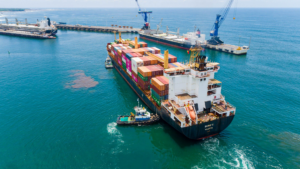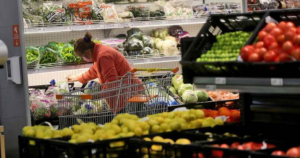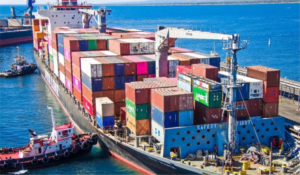The International Monetary Fund (IMF) has lowered its growth forecast for Latin America in 2025 by five tenths of a percentage point to 2%, compared to the 2.5% projected in january. In its spring World Economic Outlook, the organization attributes this adjustment to the impact of global trade tensions, geopolitical uncertainty, and a possible tightening of financing conditions.
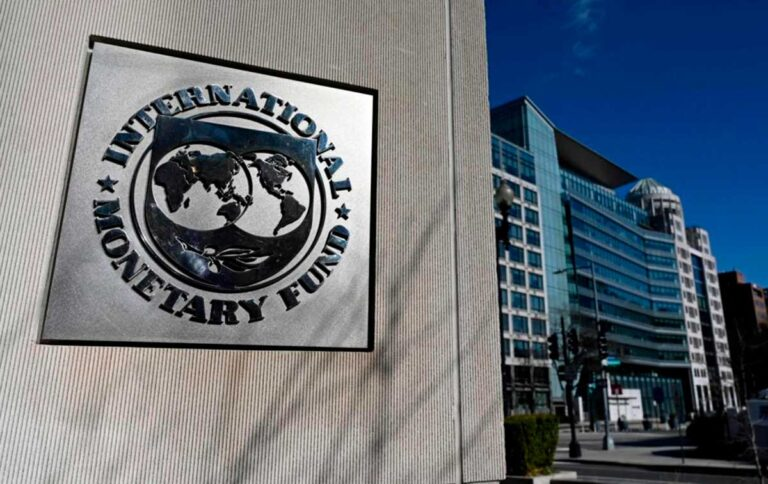
Looking ahead to 2026, the IMF has also corrected downward its expectations for the region, with a growth estimate of 2.4%, three tenths of a percent lower than projected in january (2.7%). Despite the cut, this figure represents a slight improvement with respect to 2025, although it still reflects a weakened economic environment.
The report highlights that tariffs imposed by the United States since april and the responses of other countries have pushed tariff rates to levels “not seen in a century”, negatively affecting international trade and, therefore, the economic performance of many emerging economies, including Latin America.
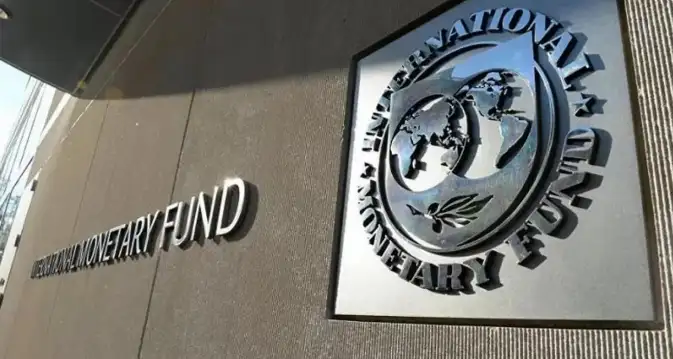
Overall, the IMF has lowered its global growth forecast for 2025 to 2.8%, half a percentage point lower than projected three months ago. The document warns of a “significant negative shock to global growth” resulting from trade tensions and growing political uncertainty.
Advanced economies will also experience a slowdown, with projected growth of 1.4% for 2025. In the case of the United States, the continent’s main economic engine, the forecast is drastically reduced from 2.7% to 1.8%, which will have knock-on effects for Latin America due to its strong trade ties.
Regarding inflation, the IMF forecasts a moderate rebound. For emerging and developing economies, a category that includes Latin America, the estimated inflation for 2025 is 5.5%, one-tenth lower than in january. For 2026, it is expected to rise to 4.6%, reflecting persistent price pressures.
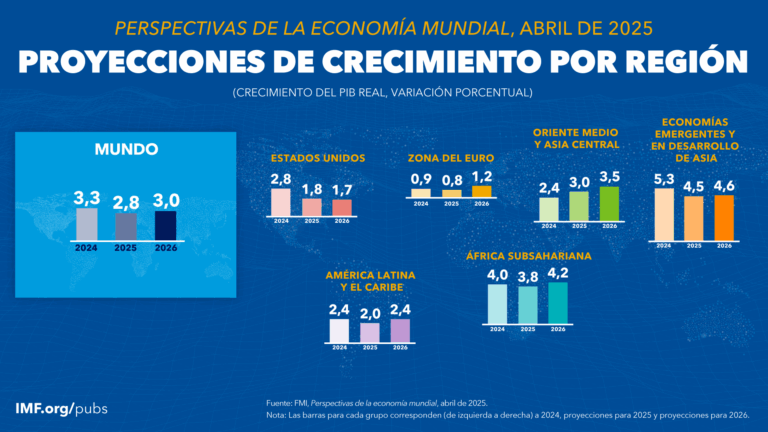
The Fund warns that economic developments in the region will largely depend on how current trade tensions are resolved and whether the new tariffs remain in place or prove to be temporary measures. In this context, Latin America faces a challenging scenario, influenced by external factors and uncertainty in the global environment. Trade policies and whether the new tariffs are consolidated or prove to be temporary measures.


